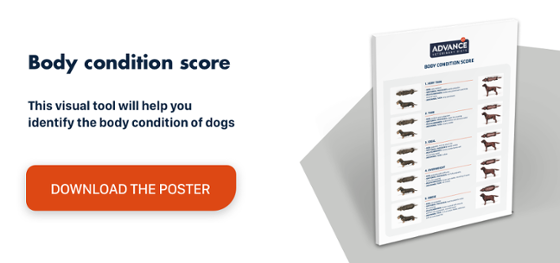Veterinary laparoscopy: efficacy and safety of liver biopsy
Veterinary laparoscopy is a surgical technique that provides a direct view of the abdominal organs by inserting laparoscopic instruments through minimal incisions in the abdominal wall. It also facilitates a range of other surgical procedures, including biopsy.
Veterinary laparoscopy is just one of the methods currently used to obtain liver biopsies. Other techniques include percutaneous biopsy (with or without ultrasound guidance) and procedures such as punch biopsy or the guillotine technique.
Better samples can be obtained when using veterinary laparoscopy, because the area to biopsy can be viewed, which means several tissue samples can be collected in a single procedure. It also permits the collection of deeper samples than other techniques. This reduces the risk of capsular artifacts appearing in the histological study, which helps in the diagnosis. Laparoscopy provides better control over post-biopsy bleeding.
To assess the safety and efficacy of veterinary laparoscopy in dogs, 80 dogs with suspected liver disease that underwent laparoscopic liver biopsy between 2004 and 2009 were followed. The clinical signs and intra- and postoperative complications were monitored, and the quality of the histological diagnosis assessed. The data were obtained from the records of vets and periodical telephone interviews with the owners.
Hepatic laparoscopy is a safe procedure with a low morbidity and mortality that yields enough samples for the histological study. Of the 80 subjects, six had complications (three dogs required conversion to open surgery, three had laboratory values consistent with anaemia that required blood transfusions) and 76 (95%) survived to discharge. The causes of death were: two deaths due to cardiorespiratory arrest (following surgery, one received a transfusion for anaemia), two cases of euthanasia at the owner’s request (due to poor prognosis and poor quality of life).
Bleeding caused by the biopsy procedure is usually clinically insignificant and can generally be resolved with direct pressure or a haemostatic agent. Open surgery was necessary on two dogs to remove large neoplasms, which may have been linked to the development of thrombocytopaenia. There was no significant association between the presence of coagulopathy in preoperative laboratory tests and the occurrence of complications, but PT prolongation (prothrombin time) did influence the decision to give transfusions to some of the dogs. All subjects had anaemia before the laparoscopy.
Notably, there were diagnostic discrepancies in 7 of the 49 dogs for which various histological samples were available for review. The ideal biopsy sample should be large enough for the histological study (ensuring there are sufficient portal triads) and obtained from a site representative of the underlying liver disease and reach as far as the connective tissue. The recommendation is to obtain 2 or 3 samples in both central and peripheral areas of different lobes, as well as from areas of visibly healthy and abnormal tissue, to rule out a more disseminated process than it may seem at first glance.
To comment and share questions and cases, feel free to use our e-learning platform.
1. Rothuizen J, Twedt DC. Liver biopsy techniques. Vet Clin North Am Small Anim Pract 2009;39:469–480.

